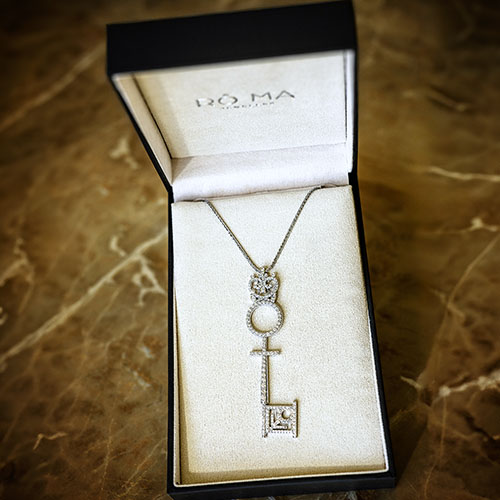Everyone guffawed when NFTs emerged a couple of years ago.
NFTs and Music
There was the fusty, vaguely locker room-smelling name — non-fungible tokens — but also the wild concept that investors (i.e. you and I) would pay for data stored on a blockchain.
Even funnier was the idea that the cryptographically ensnared whatsit would represent “ownership” of anything, from a digital avatar with a beanie to a clock that displays how many days Julian Assange has been in prison. But given the clock sold in February for $52 million and the beanie-wearing CryptoPunk #7523 for nearly $12 million, nobody’s laughing now, except the creators — who must be in stitches.
Musicians and their record labels have been quick to get their pickaxes and sieves into the ground for this latest gold rush, spurred on — as with all gold rushes — by the sight of fellow prospectors brandishing nuggets the size of their heads. Canadian musician Grimes sold almost $6 million worth of digital art and original music during a 20-minute auction last year. American DJ 3LAU sold the world’s first “tokenized” album, alongside a further 33 “unique items,” for more than $11 million.
Because they’re still new, NFTs currently come with perks that will look quaint in hindsight. Kings of Leon released their latest album, When You See Yourself, as an NFT last year, with the added sweetener of four front-row seats and a “VIP experience” at any of their concerts for the rest of the token holder’s life. And all that for a relatively modest — or nosebleed-inducing — outlay of cash (meaning cryptocurrencies like Ethereum and Polkadot — not your cracked old Mastercard, you hippie).
Streaming services pay between $0.00348 and $0.00675 per song play, so it’s easy to understand why artists see potential fun in the non-fungible. Music-focused NFT platforms, such as Binance and Centaurify, have begun sprouting like, um, fungi. And in February, Snoop Dogg bought iconic hip-hop label Death Row Records and pulled its catalog from streaming services with a view to making the company a non-fungible endeavor.
Cynics abound, but supporters of NFTs say they’re a way for musicians, who traditionally get a 12 percent cut of the profits from their record companies, to wrestle back control of their art — a bit like Radiohead self-releasing In Rainbows in 2007, or Beyoncé exclusively releasing her 2016 album Lemonade on Tidal, the streaming service she co-owned with husband Jay-Z.
NFTs build scarcity into the digital model in a way that happens already with, say, rare vinyls. To be clear, you can still stream or buy the latest album by most big acts whether or not it’s released as an NFT. But the NFT version is an uncopiable — and essentially signed — file that’s been verified as an original and limited edition, to be kept or sold like any other artwork in the future. If the NFT includes an alternate, remixed or wholly original version of a song or album, that’s all the better.
Will you be high-fiving yourself in years to come for investing in NFTs or kicking yourself the way you did after you rushed out to buy a MiniDisc player (may they rest in peace) circa 2004?
We should probably note that we have published decidedly more pro NFT analysis in these digital pages. We could have more relevant insight, however.
The market changes all the time, as you might imagine, but taking one example within this “pay for digital stuff with fake money” world, we looked at Ethereum. According to Yahoo tracking, from a high at the end of 2021 of just over $4,600 as of this month the “value” had dropped to $1,300 and change. Over this same past year, bitcon had fallen from over $61K a year ago to under $20K today. Of course that means you’d be paying many fewer actual “can buy milk and bread with them” dollars for NFTs now. So … yay?




















